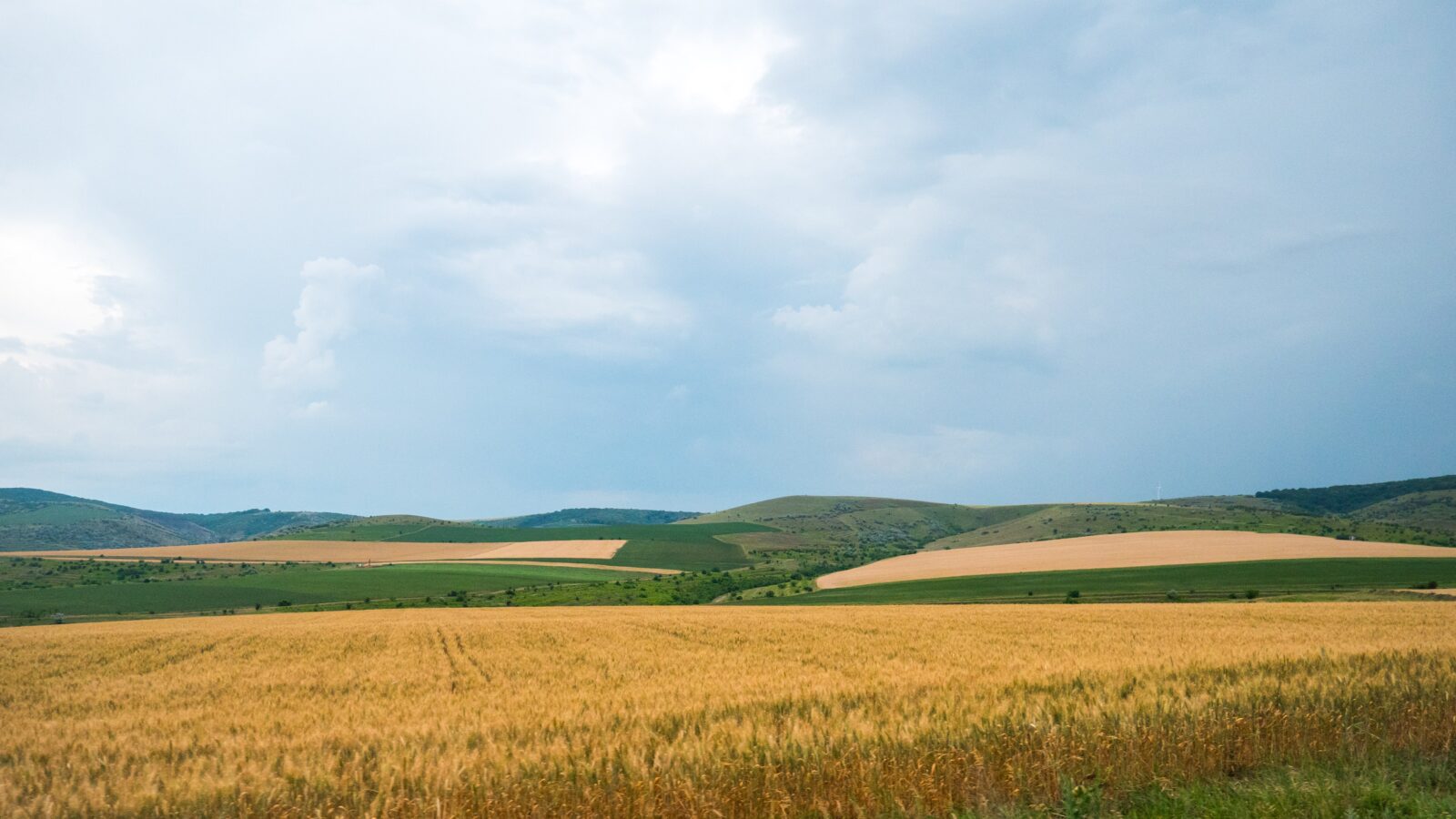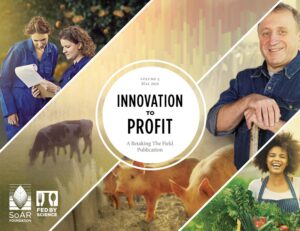
 U.S. federally funded agricultural research “generates outsized economic benefits that extend for decades”, finds a new report from the Supporters of Agricultural Research (SoAR) Foundation, a non-partisan coalition that champions public funding for agricultural research.
U.S. federally funded agricultural research “generates outsized economic benefits that extend for decades”, finds a new report from the Supporters of Agricultural Research (SoAR) Foundation, a non-partisan coalition that champions public funding for agricultural research.
Innovation to Profit explores how federally funded research has delivered bottom-line benefits for farmers and ranchers by reducing costs and risks, increasing profits, and laying the groundwork for new competitive products and industries.
Examples of benefits from agricultural research investments highlighted in the report include:
- USDA grants of $2.5 million supported research of genetic traits and breeding, helping Florida’s blueberry industry grow from $500,000 in the 1980’s to an estimated $82 million annual value today
- USDA funds of $3.3 million have helped scientists identify a genetic marker in pigs associated with resistance to porcine reproductive and respiratory syndrome (PRRS), a disease that costs the U.S. pork industry $664 million each year
- With $15 million from USDA, university scientists are working to scale-up profitable domestic production of guar gum and guayule, enabling U.S. farmers to compete for the annual market demand of $1 billion which is currently met through imports
In the 1940’s, almost 40% of research and development spending in the United States was focused on agriculture while today, that figure stands at 2%. The agricultural research funding drought is evident in the Agriculture and Food Research Initiative (AFRI), the USDA’s flagship competitive grants program. Launched in the 2008 Farm Bill, the program’s funding level is authorised at $700 million yet its current fiscal year level is only $425 million.
The report explains that innovations can take years to develop and years for farmers to fully adopt them, but benefits grow over time. With so many current challenges, from weather calamities suffered in 2019 to the current coronavirus pandemic, farmers need research investments now to stay afloat and “meet today’s food, feed, fibre and fuel needs and help provide the food required for 10 billion people on earth by 2050.”


